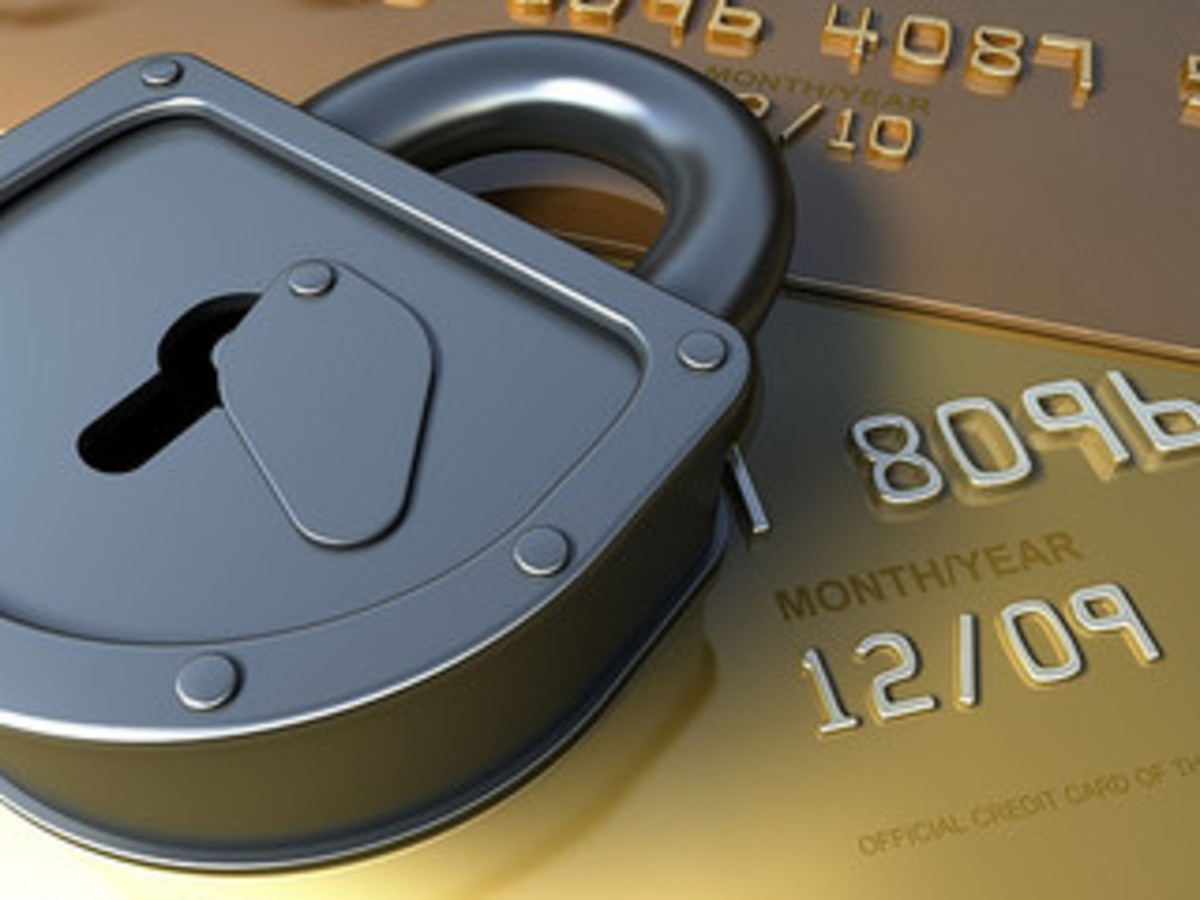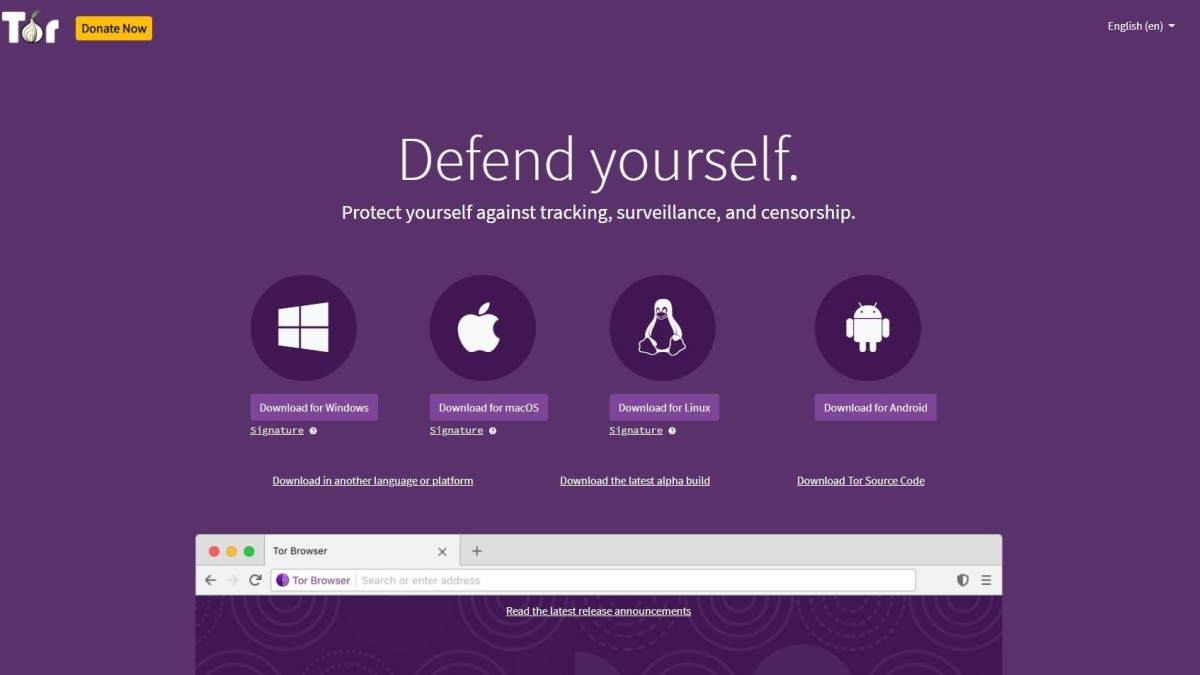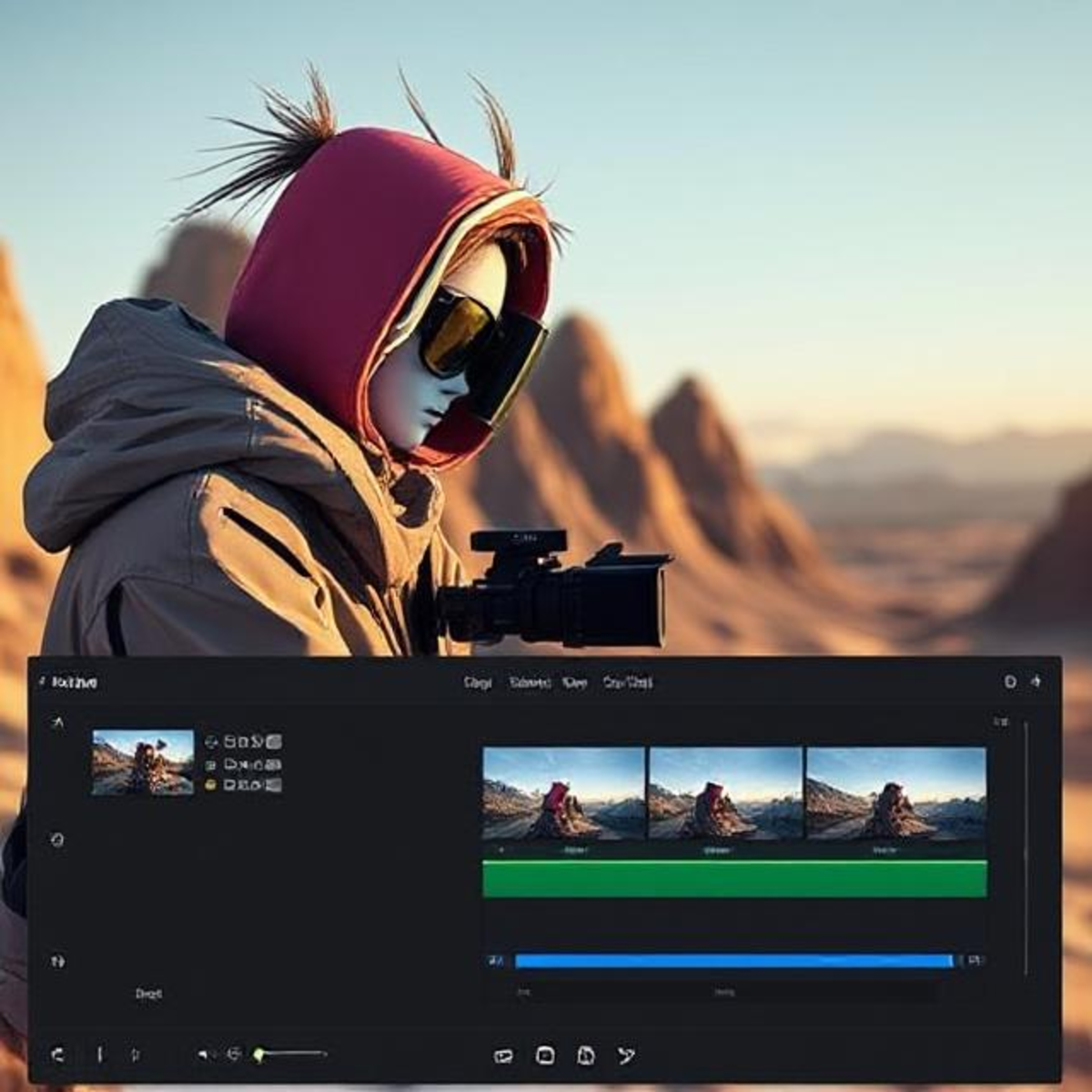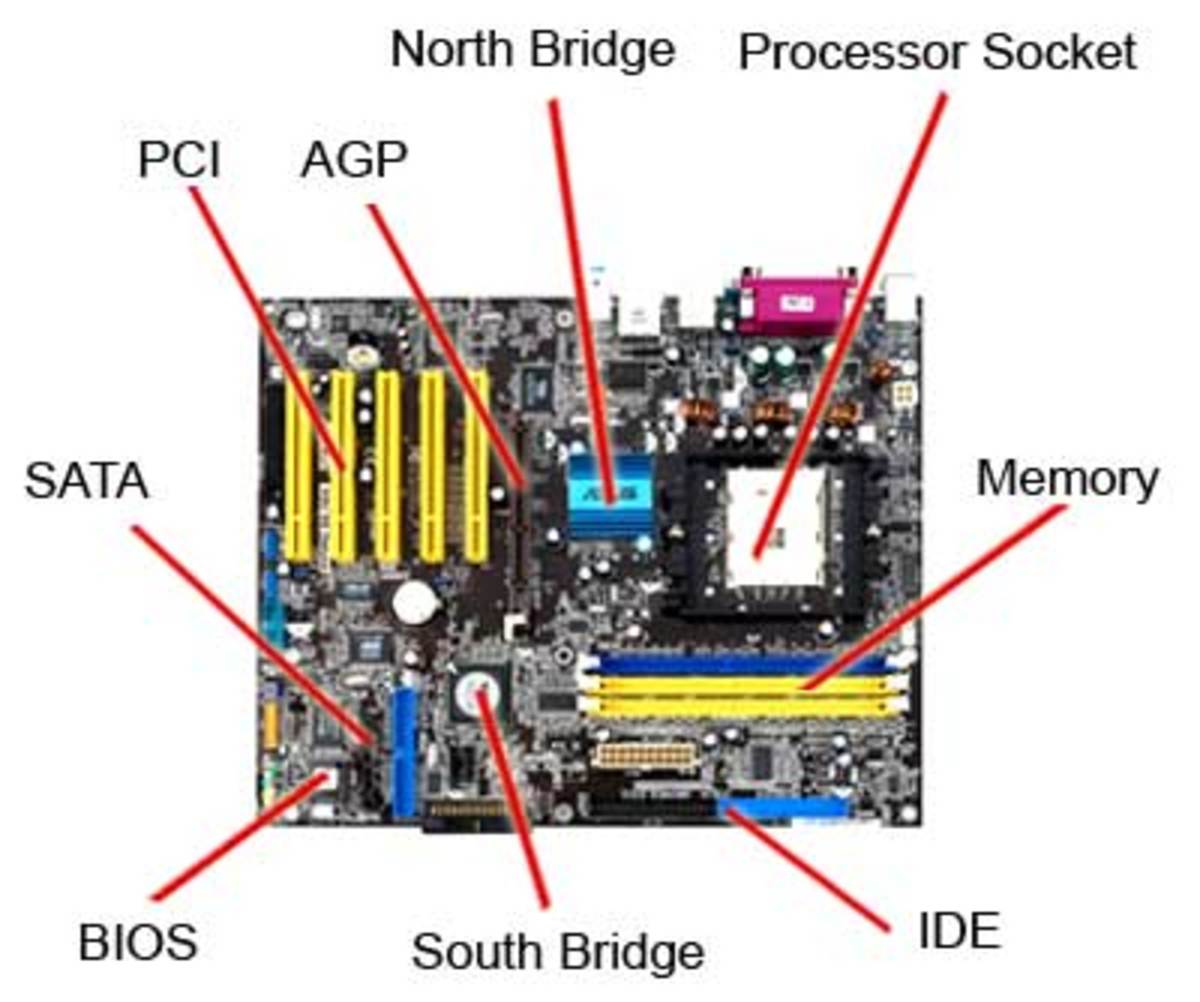IMEI: Security Breaches Made Easy
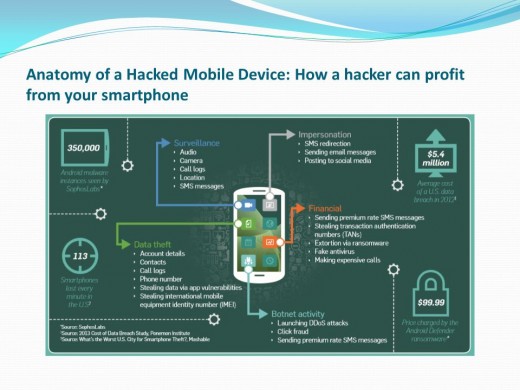
Why IMEI is important for the preservation of data security and privacy
The IMEI stand for International Mobile Equipment Identity. This unique serial number, is used for identification of each cell phone, tablet and mobile accessory in the market. It can be twelve to sixteen digits long, and in the physical world, it would resemble the VIN (Vehicle Identification Number) of a car or truck. Companies used to place it in easy to see and find places, like for example the back of your phone, or on the box that the product came in, but now most companies have it embedded within each device, still easy to find, but only for the actual holder of the prospective device. They did this as a security feature, yet I see people on YouTube offering up their IMEIs, together with their names and countries, to (not even smart) social engineers, and online for everyone to see. This I can't understand. A little education can go a long way, when it comes to these things.
When an attacker gets a hold of your phone's IMEI, there are several things that can be used by that person, to leverage that information to their advantage. A SIM card number is completely separate from a device's IMEI, but sometimes consumers confuse the two. A SIM number can be changed at will, if you wish to change your number for example, but the IMEI is permanent and cannot be changed. When we connect our devices to an ISP's network, the provider captures both numbers, in order to enable their services on each device. The Subscriber Identity Module or SIM number, is the identifying number of your subscriber with the ISP, and the IMEI distinguishes the device. Much like IP and MAC address spoofing, IMEI spoofing is just as easy to do with the right software. While this practice may be illegal, it does happen for the purposes of hiding the attackers true address, or simply because it offers the ability to hide a person's activity, pretending to be another. Especially Black Hats and thieves with very little technical knowledge, will try to take non-blacklisted numbers and apply them to devices they stole, so they can use the "hot" device without consequence.
Another objective to fill, when people are asking for our IMEIs, is phone cloning, which comes in three flavors:
- CDMA Cloning: Code Division Multiple Access (CDMA) cloning of mobiles, is achieved by gaining entry to the target device's file system, Node Version Manager (NVM) and Network Upgrade Manager (NUM) directories, by use of specifically tailored programs. Then the attacker can modify the target device Electronically Erasable Programmable Read-Only Memory (EEPROM), authorizing the Electronic Serial Number (ESN) and Mobile Equipment Identifier (MEID) of the mobile phone to be changed. The ESN or MEID is typically broadcasted to the Cellular Service Provider's Mobile Switching Center (MSC) in order to authenticate a device onto the mobile network. Editing these, can facilitate fraudulent calls, as the target cell phone becomes a clone.
- GSM Cloning: Global System for Mobile communications or GSM, is a digital mobile telephony system that is widely used through the globe. This system utilizes a variation of Time Division Multiple Access (TDMA), providing a way for shared networks to access a medium. By partitioning the signals into separate slots, it allows several users to share the same frequency. The users transmit signals in fast succession, each using its own time slot.
- AMPS Cloning: Advanced Mobile Phone System (AMPS) is one of the oldest of cellular technologies, and used Frequency Division Multiple Access (FDMA) to divide channels, for each conversation. As a result, substantial bandwidth to facilitate large amounts of traffic from users. AMPS was generally similar to the older Zero Generation (0G) Mobile Telephone Service, but used considerably more computing power in order to select frequencies, hand off conversations to Public Switched Telephone Network lines (PSTN), and handle billing and call setup. Analogue mobile telephones were notorious for their lack of security, as eavesdroppers could listen in at will. This feature is made even easier today with digital technologies and software.
Please remember that giving up your IMEI to unauthorized people, can also pose a privacy risk, besides the obvious security issues it raises. You are giving up your location for everyone to see. From there, your identity can be exposed, and so much more can happen.
With all our exceptional advancements and leaps in technology, it seems consumers feel safeguarded from all these threats, but they are all very real and much easier to achieve today, as attackers need little technical knowledge to compile these attacks and exploits. We all know from school that "sound travels", and this doesn't just stand for phone conversations, but keyboard strokes as well. Your keystrokes send a "message" of inputs to the screen, by the use of echo. Same as your telephone knows which line to call, because each digit you press, has it's own sound (have you heard of "phreakers"?). People used to tell me that "Big Brother is listening in".....if it was "Big Brother", I'd feel perfectly safe. It's malicious attackers I'm concerned about.....
Rate this Article
IMEI and Security
- Is my IMEI being tracked
Please is this true: Pls send to ALL To find out if your phone is being tapped dial the following 5 characters *#06# It will reveal your IMEI number. If that number has a forward slash ' - https://security.stackexchange.com/questions/49343/what-is-the-risk-of-leaking-imei-imsi-numbers-ove
- Cyb3rS0ft - Professional Writer and InfoSec Specialist
All things IT and anything interesting under the stars....
© 2018 Trinity Web




